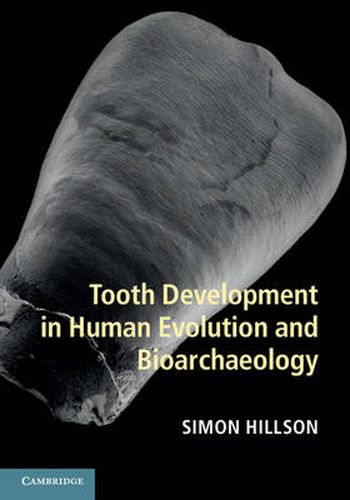Readings Newsletter
Become a Readings Member to make your shopping experience even easier.
Sign in or sign up for free!
You’re not far away from qualifying for FREE standard shipping within Australia
You’ve qualified for FREE standard shipping within Australia
The cart is loading…






Human children grow at a uniquely slow pace by comparison with other mammals. When and where did this schedule evolve? Have technological advances, farming and cities had any effect upon it? Addressing these and other key questions in palaeoanthropology and bioarchaeology, Simon Hillson examines the unique role of teeth in preserving detailed microscopic records of development throughout childhood and into adulthood. The text critically reviews theory, assumptions, methods and literature, providing the dental histology background to anthropological studies of both growth rate and growth disruption. Chapters also examine existing studies of growth rate in the context of human evolution and primate development more generally, together with implications for life history. The final chapters consider how defects in the tooth development sequence shed light on the consequences of biological and social transitions, contributing to our understanding of the evolution of modern human development and cognition.
$9.00 standard shipping within Australia
FREE standard shipping within Australia for orders over $100.00
Express & International shipping calculated at checkout
Human children grow at a uniquely slow pace by comparison with other mammals. When and where did this schedule evolve? Have technological advances, farming and cities had any effect upon it? Addressing these and other key questions in palaeoanthropology and bioarchaeology, Simon Hillson examines the unique role of teeth in preserving detailed microscopic records of development throughout childhood and into adulthood. The text critically reviews theory, assumptions, methods and literature, providing the dental histology background to anthropological studies of both growth rate and growth disruption. Chapters also examine existing studies of growth rate in the context of human evolution and primate development more generally, together with implications for life history. The final chapters consider how defects in the tooth development sequence shed light on the consequences of biological and social transitions, contributing to our understanding of the evolution of modern human development and cognition.